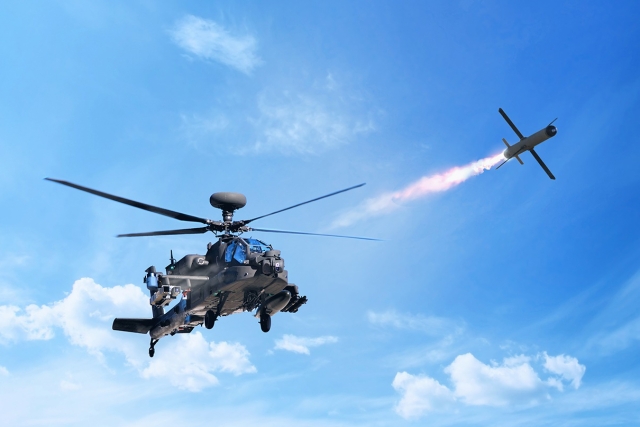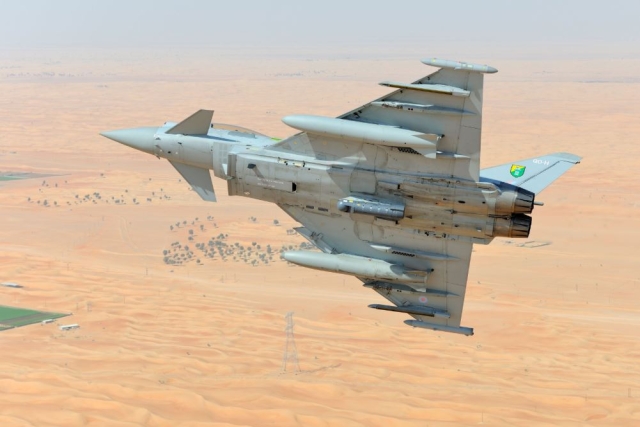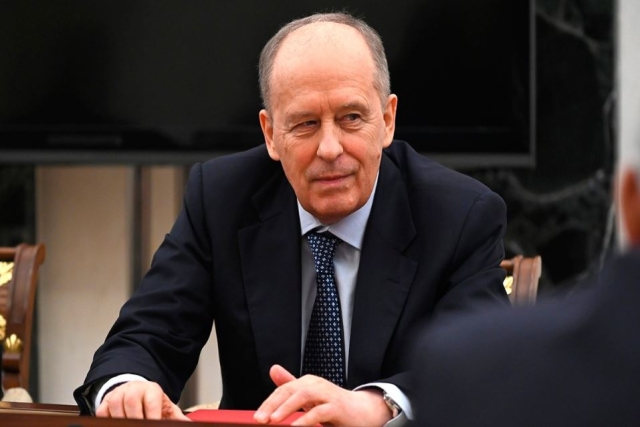A New Defense Electronics Policy For India

M.N. Vidyashankar, President, IESA
In an interview with defenseworld.net, India Electronics and Semiconductor Association (IESA) President, MN Vidyashankar talks about electronics manufacturing sector in defense industry and the new proposed defense electronics policy.
DW : How has the Electronic System Design & Manufacturing (ESDM) sector for defense industry changed in the past year?
M N Vidyashankar: Earlier industry used to talk about not having a policy in place. A good electronic policy is in position now. The question now is, “how can the industry translate the policies into actual implementation?” It is taking shape but there will be some gestation. These are huge investments. The Ministry of Defense has asked IESA and National Association of Software and Services Companies (NASSCOM) to prepare the defense electronic policy for private ESDM manufacturers for defense.
DW : Why do we require a Defense electronics policy for the ESDM sector?
M N Vidyashankar: In the 1,246,000 crore defense budget for this year, 100,000 crore is the capital investment. About 70,000 crore of it is electronics. If you wish to see the impact in local manufacturing and Make in India program to make an expression, you can translate this 70 per cent to local manufacturing. There was an industry meeting with secretary, Ministry of Defense, Mohan Kumar on December 4, 2014 attended by IESA, NASSCOM, Bharat Electronics Limited (BEL), Bharat Heavy Electricals Limited (BHEL), Bharat Earth Movers Limited (BEML), Hindustan Aeronautics Limited (HAL) and other companies from private sector regarding defense electronics policy. The secretary has asked IESA and NASSCOM to come up with recommendations for the policy after 6-8 months only for private sector.
DW : What is the contribution of private industry in India in terms of local manufacturing for defense sector?
M N Vidyashankar: Defense Public Sector Undertaking (DPSU) should transfer some of the manufacturing to the private sector. Private sector can not only manufacture cheaply but also efficiently than DPSUs. They (DPSUs) should be more like integrators, like Airbus and Boeing (they do not produce anything but are only integrators). They have got 40,000 suppliers all over the world. With the transfer of manufacturing to private sector, there will be more manufacturing, job creation, investment in the sector. The private players may collaborate with foreign players or amongst themselves but will help the sector to grow. The DPSUs can concentrate on those things that the private sector does not. They need not do what the private sector is doing, its only duplication of efforts and waste of public money.
DW : What percentage should be transferred from the defense PSUs to the private sector?
M N Vidyashankar: The investment from the private players may not happen in the very first year. There is a huge scope though with 50,000 to 60,000 crore of manufacturing investment that will be transferred immediately to private sector. If you consider the percentage of transfer, it is very small. In absolute terms, it maybe 15 to 20 per cent but the DPSUs turnover from the BEML, BEL, HAL is big. Manufacturing of 15,000 to 20,000 crore for a private sector entity for defense products is considerate. The transfer means they will only depend on private sector for these products in 10 to 15 years.
DW : What are the changes you are expecting in terms of policy when it comes to ESDM sector for defense?
M N Vidyashankar: We are currently planning what can be transferred in the immediate from DPSUs to private sector. We are also eyeing on what can be done over short-term, medium and long-term basis. In addition to this, we are working on promoting incubation centers in education institutions like IITs and IISC only for defense. The defense incubators will be on the lines of National Science Foundation (NSF) of the United States. Their annual budget itself is $130 billion. They fund private education institutions and build an ecosystem for interaction with the industry. Based on the defense industry requirements, inputs are taken from the academia, research are put together to develop a prototype and allow the private sector to take over manufacturing. Scaling up is not an issue once this is done. The other aspect is seed funding. We should look at seed funding in defense sector differently. The MoD allocates technology development fund (TDF) to a maximum of 1 crore to 1.4 crore. For defense sector this is not sufficient. It has to be a bit higher as the gestation is huge, there is a single buyer and they want the procurement to be on a long-term. We are eyeing at increase in the TDF and much longer time.
DW : How are the MSMEs faring in the ESDM sector for defense?
M N Vidyashankar: There are close to 200 companies that are active in the ESDM sector for defense. They are all either component or sub-system manufacturers. We want them to migrate to become systems and system integrators. The scaling up will take some time. That can happen if we ensure financial support, TDF and the scale is increased. That is part of the recommendation we are doing.









